Formula Student
Formula Student is the most prestigious engineering competition of the world scale, which aims to educate and develop students through the design and manufacture of racing vehicles, and the success of the team is judged by experienced engineers from the world of automotive and motor sport. A team of students independently organizes the entire season, which involves learning, designing, developing, marketing, sourcing, assembling, testing, and finally, competitions. Propositions of the Formula Student competition are such that the design of the vehicle is conditioned by a series of rules, whose purpose is to ensure driver safety and to encourage innovative design methods.

ABOUT THE COMPETITION
The Formula Student competition, then called the SAE Mini-Indy was held in 1979 for the first time at the University of Houston (USA) under the organization of the Society of Automotive Engineers – SAE International. In the 80s, the formal name for the competition became Formula SAE, the rules are changed and almost all major Universities from the USA joined the race.
In Europe, the competition was first held in 1998 and organized by the Institution of Mechanical Engineers – IMechE, where it received the official name Formula Student. From then till now the competition grew and became recognized by Universities from around the world, including the University of Belgrade. The competition is held in various countries, such as the UK, Germany, Italy, the USA, Brazil, Austria, the Czech Republic, Hungary etc.
FS ELECTRIC
The trend of reducing the use of fossil fuels in 2008 led to the emergence of the first Formula Student electric vehicles. Over the next three years, these competitions belonged to the Alternative Fuel category (class 1A). Since 2012, when SAE International has announced the establishment of the Formula SAE Electric series of competitions, these vehicles show their capabilities in Class 1, in line with vehicles with internal combustion engines.
The FS Electric competition today has more than 150 teams which successfully present their formulas, with a complete freedom in the field of technical innovation and high awareness of the benefits of electrically powered vehicles when it comes to environmental protection.
DYNAMIC EVENTS (675 points)
STATIC EVENTS (325 points)

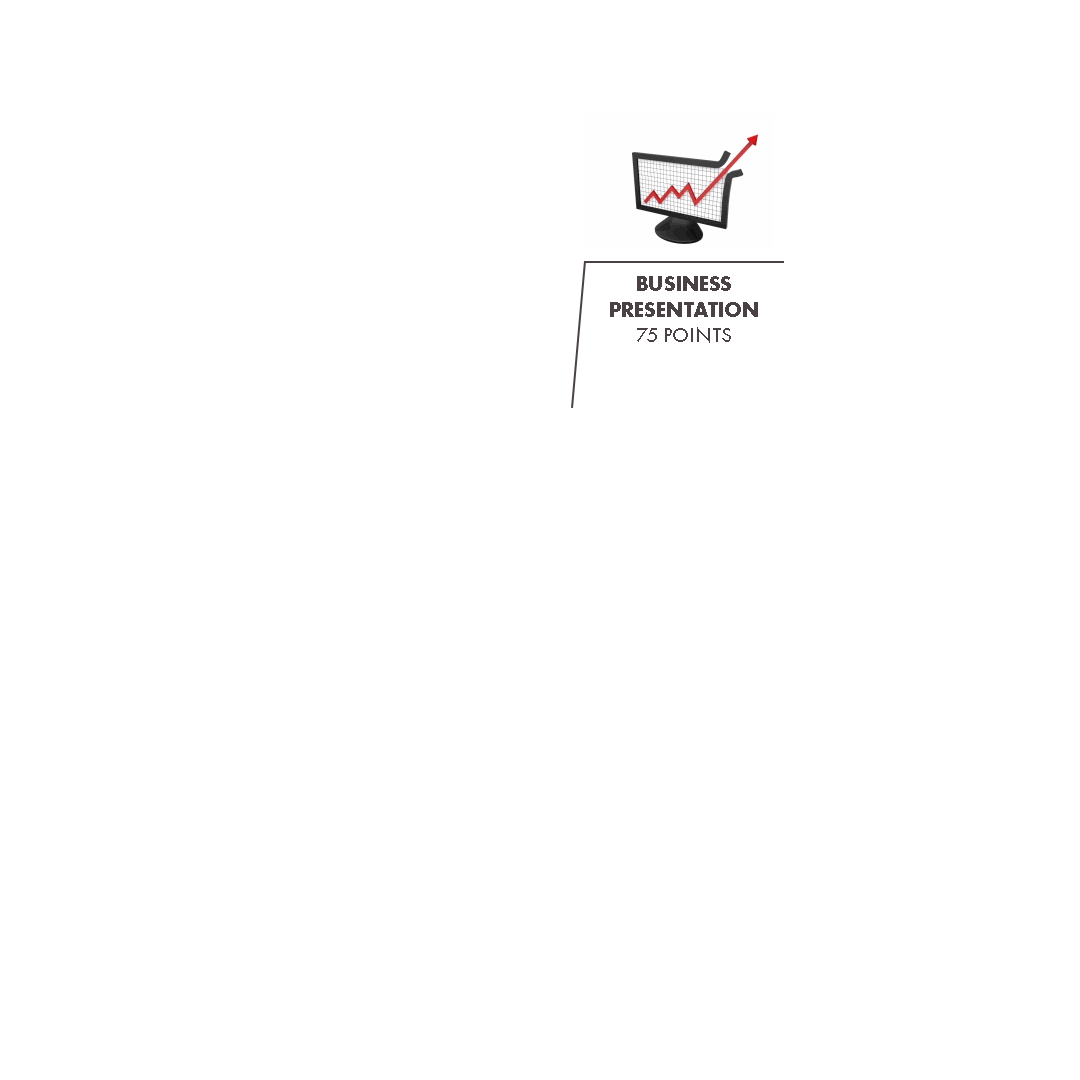


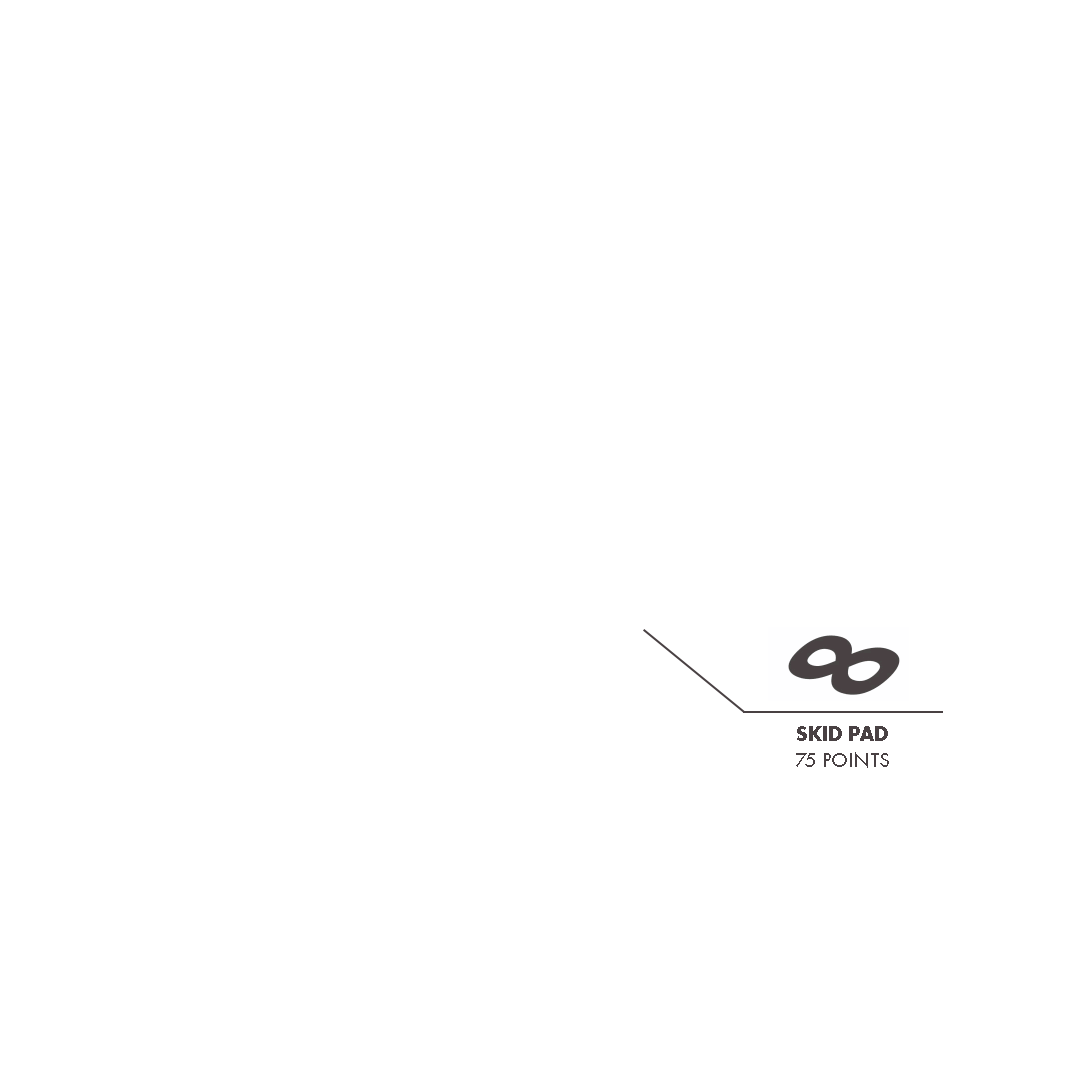
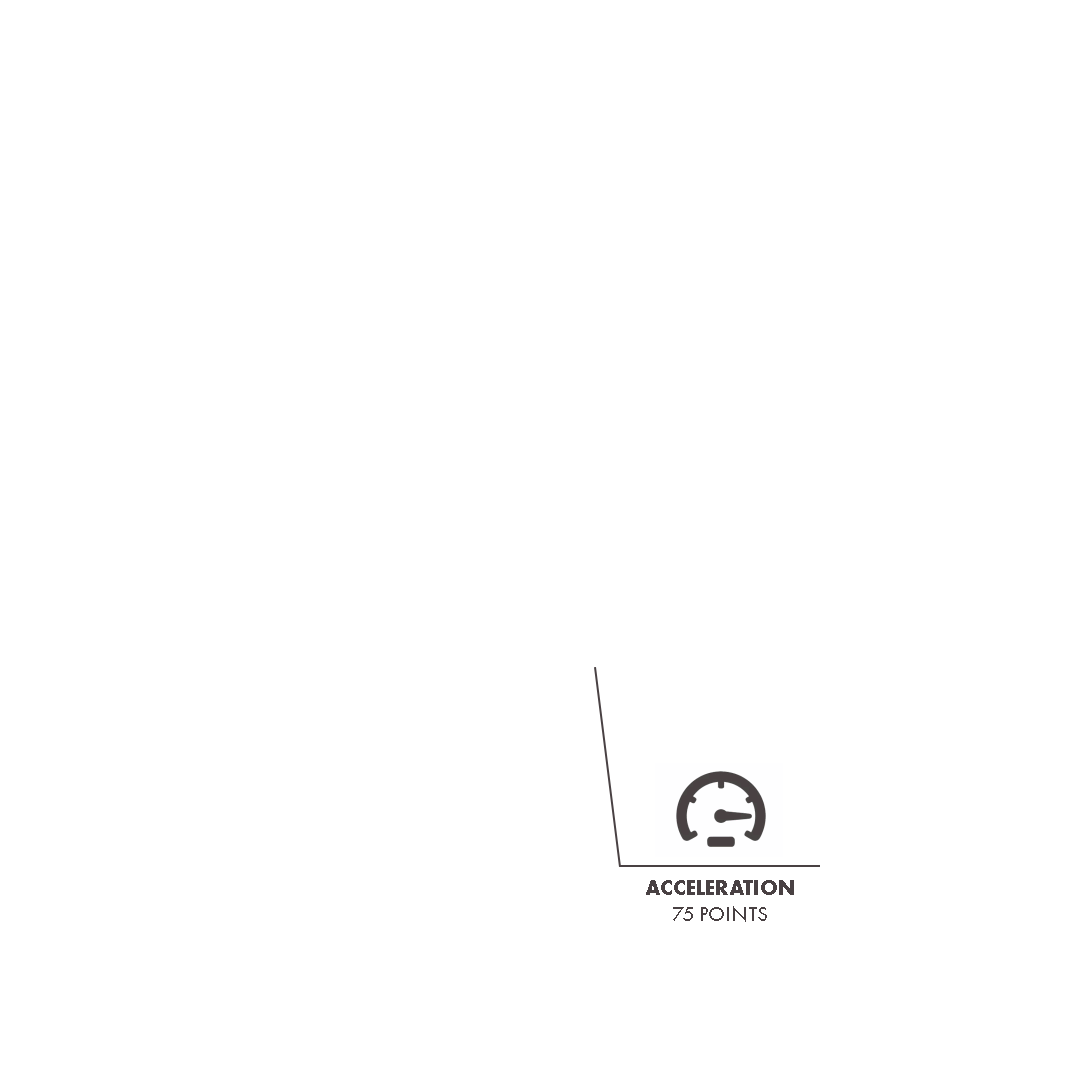
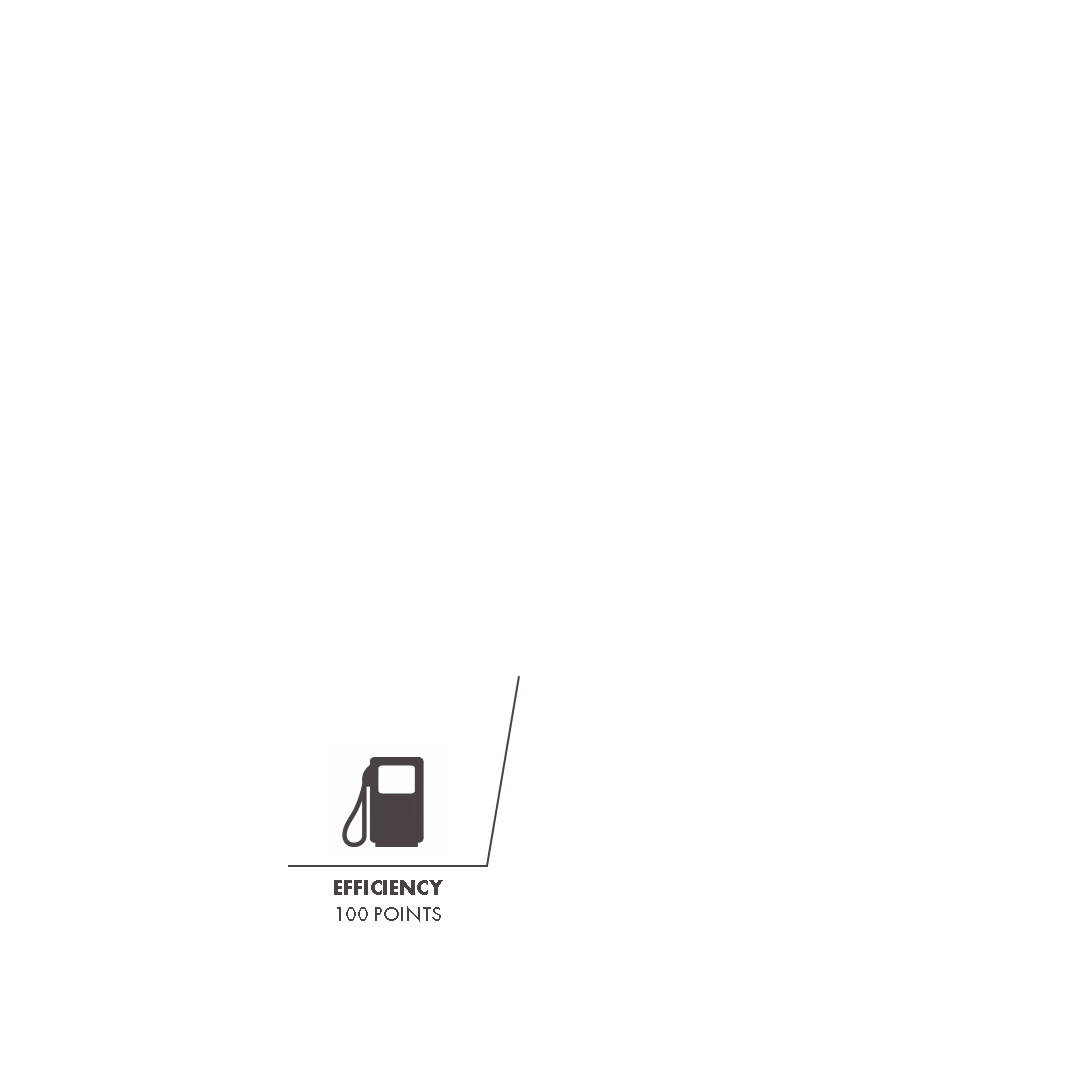
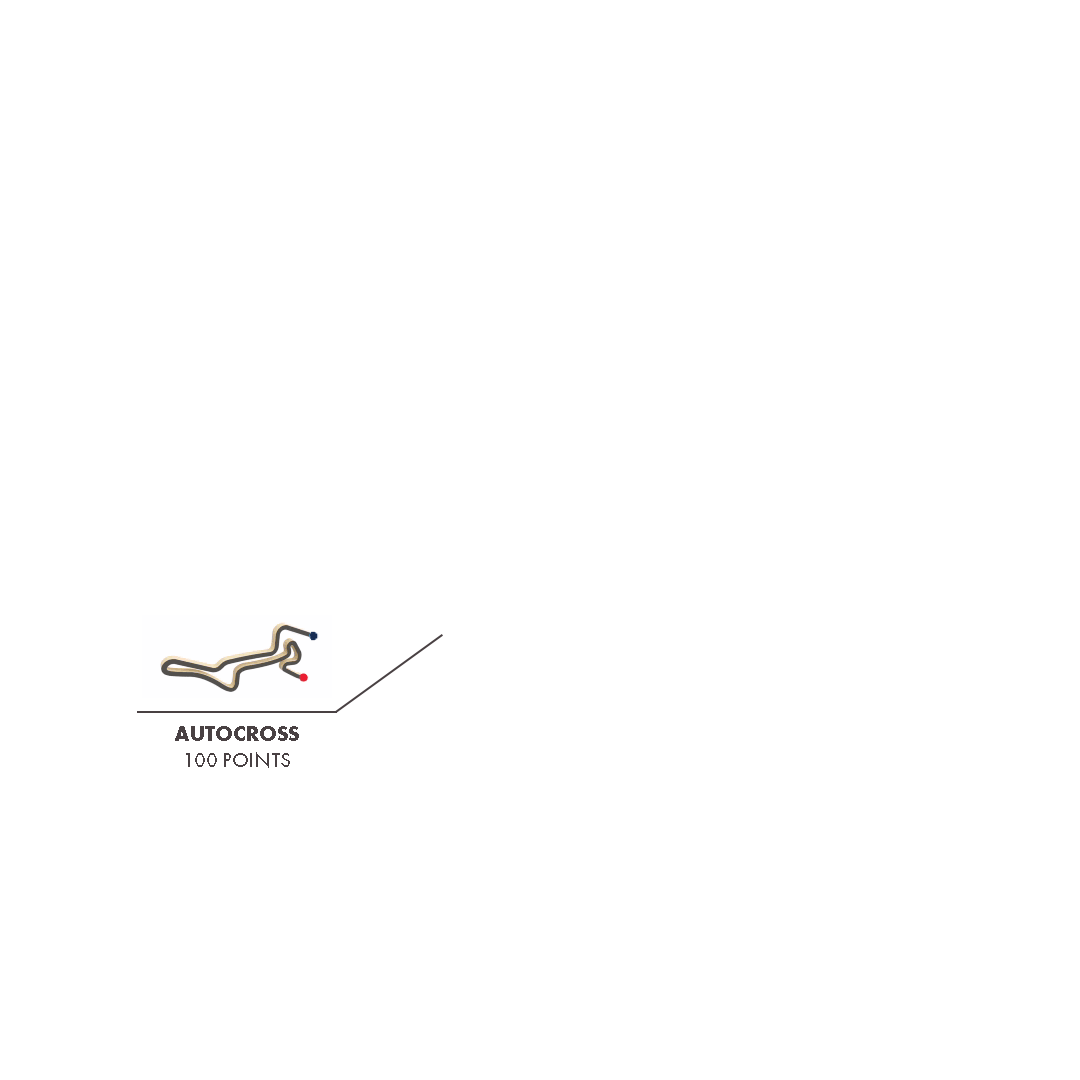
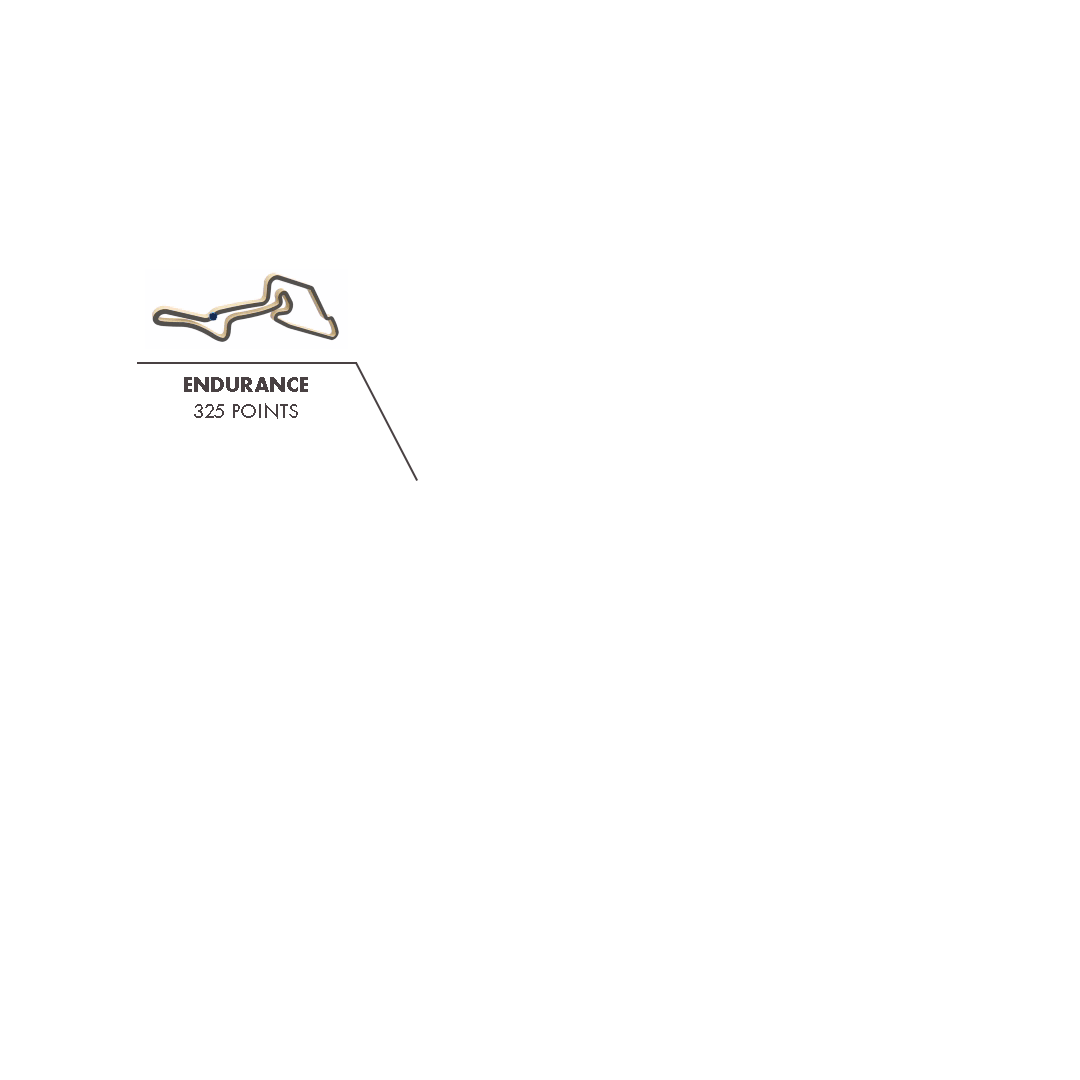
COST REPORT
Students compose a detailed report of all costs related to materials, production and assembly. Points are obtained based on the final score of the vehicle and the quality of the report.
BUSINESS PLAN PRESENTATION
The business presentation is set to demonstrate a business case to potential investors, that is created to show how to sell a racing vehicle. Key features and advantages of the vehicle, the design process, production possibilities and business offers must be mentioned.
DESIGN EVENT
The most demanding static event is defending your project. Participants must be ready to explain why they used selected materials, components and systems, why they assembled them in that way and how do their solutions fit into the market demand. This is discussed with engineers from the most prestigious automotive and motor sport companies. The vehicle must illustrate the best engineering solution.
TECHNICAL INSPECTION
This part of the competition does not yield any points, but vehicle must pass to be allowed to continue with the competition. If the vehicle complies with all the rules set by the Formula Student rulebook, it is then safe and ready for the track.
ACCELERATION
This discipline focuses on the engine and transmission performances, as well as the suspension needed to achieve maximum tire grip.
SKID-PAD
Driven on a track in the shape of the number 8, giving the teams a chance to show how their vehicle behaves when cornering. The vehicle must exhibit good lateral acceleration to pull a figure-of-eight in the least amount of time.
AUTOCROSS
This race is designed to train for Formula 1, testing handling and maneuvering on a narrow track, 800m long.
EFFICIENCY
Fuel consumption is monitored during the Endurance race.
ENDURANCE
Participants are timed while driving over a track 22km long, similar to the slalom track. After 11km, drivers are changed and the vehicle must be brought to a complete stop and must be started again, however fix-ups and refills are not allowed. This is the most demanding event that challenges the reliability of the motor and the vehicle.

“What I find most appealing about Formula Student is the innovation that it encourages, as the competition rules give the entrants a lot of design freedom. This results in many different solutions to the same issues…
Having worked my way up, I appreciate that to develop a good grounding in engineering, practical experience is essential. Formula Student combines hands-on practical applications with students’ academic studies, but also gives experience in vital skills such as budgeting, project management and team work.
Whether the competitors go in to motorsport or a different sector of engineering… Formula Student will help towards their future success.”
Ross Brawn
Patron of the Formula Student competition, Formula 1 Managing Director for motor sport
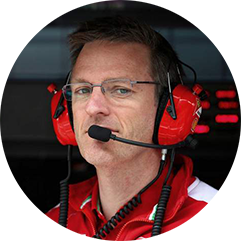
““Formula Student graduates all arrive with us buzzing from what they’ve done at Formula Student and wanting to see if the ideas they had and the approaches they took on can translate onto an F1 car. It’s the experience of engineering in a close-knit team that’s so valuable to us. The energy that Formula Student graduates bring to our team reminds us what a great job we have, and that we’re lucky to be doing this.”
James Allison
Designer, engineer and former Technical Director at Scuderia Ferrari
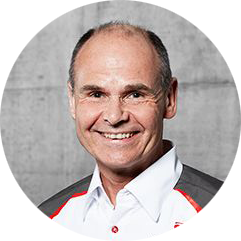
“I think the concept of Formula Student is brilliant as it creates a full but compressed motorsport engineering and business experience for the students. All have to face the realities of financial and resource limits with extreme time pressure and make difficult choices from the beginning of the project to the end.
Students also need to get their hands dirty and learn about the practicalities of building and running a car. I really enjoy seeing the many different ways of optimising a solution to a complex problem – there is always something surprising and positive to see.”